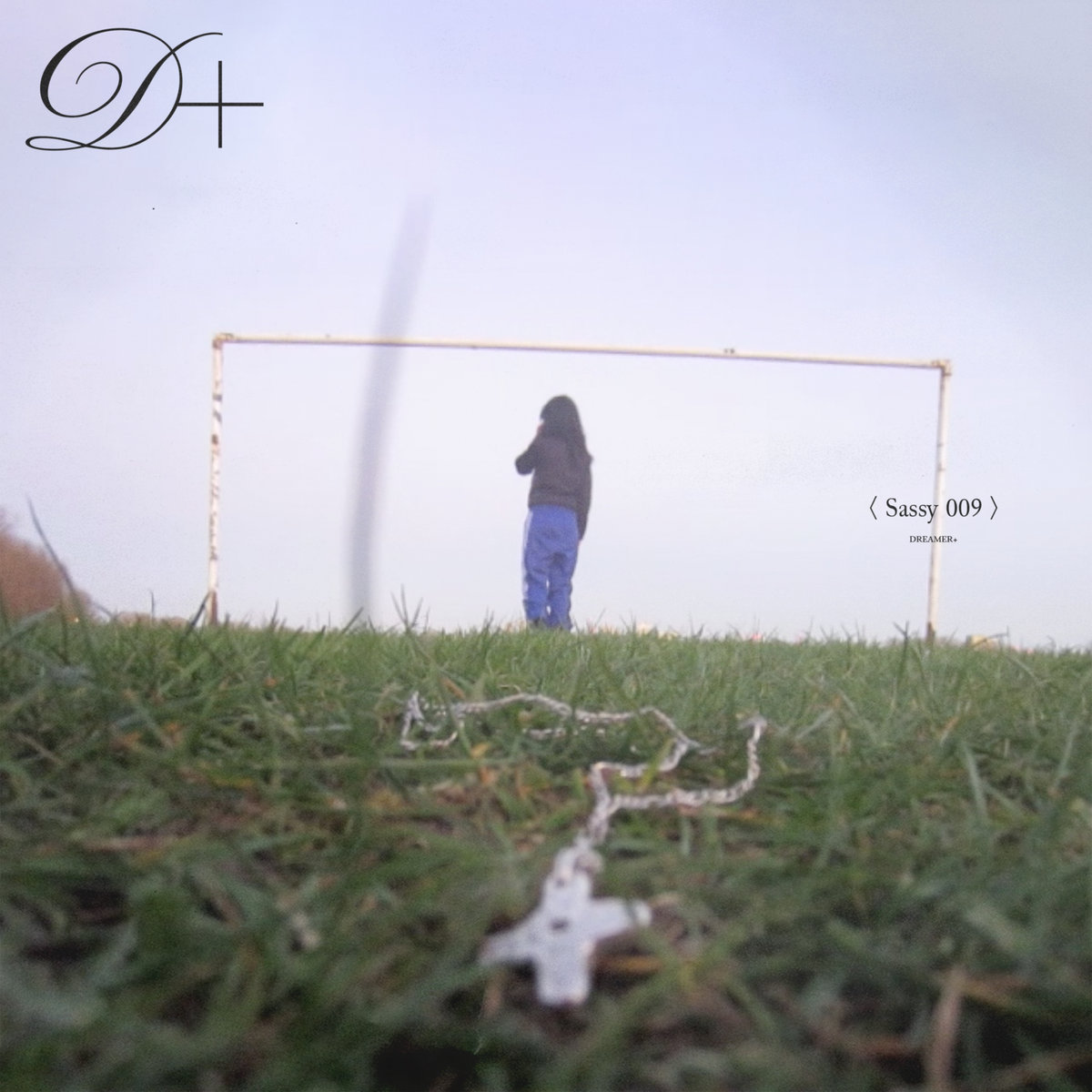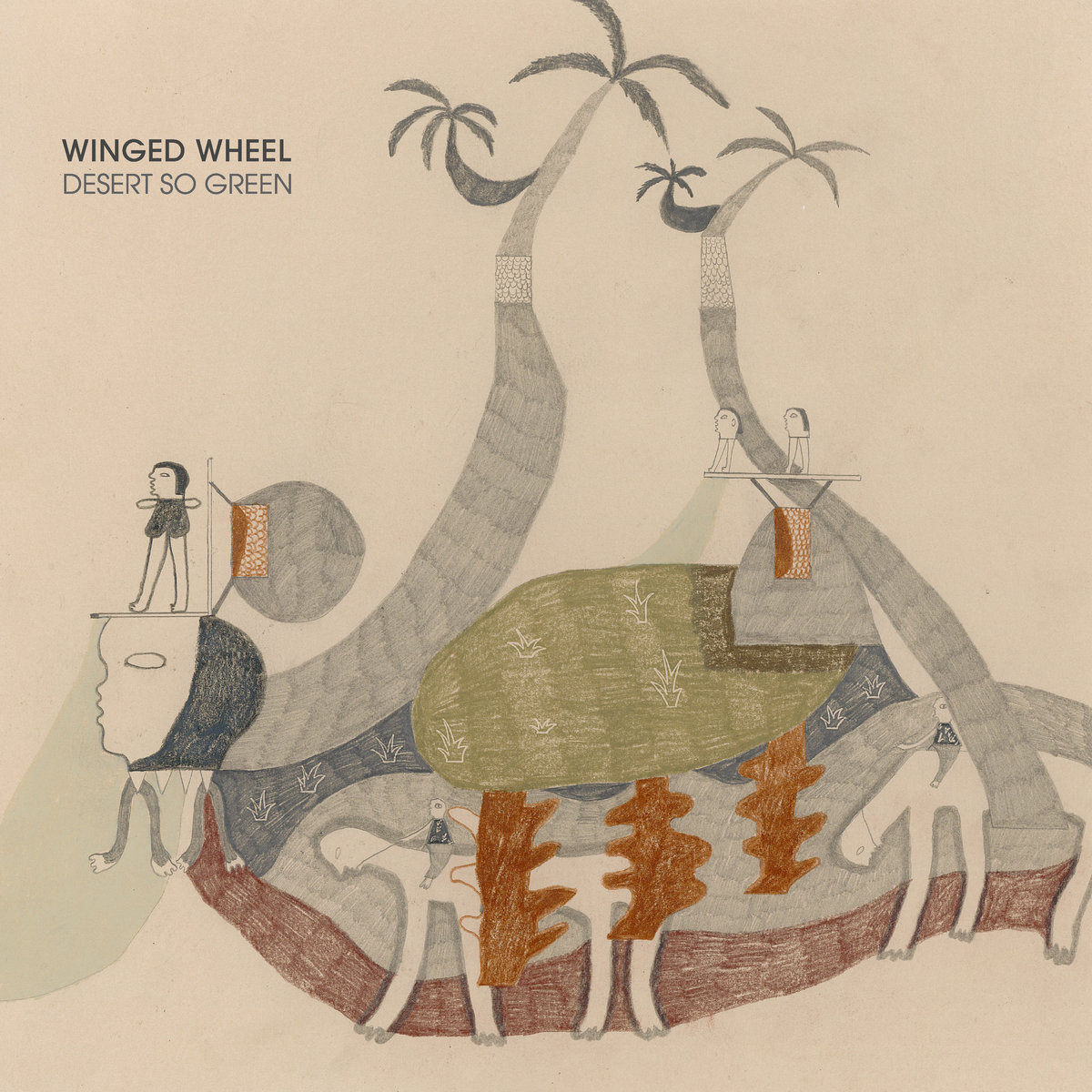- Warp
- 2014
When Richard D. James is mentioned, there's a good chance the first thing that comes to mind is his Selected Ambient Works series. Comprising two of the most iconic (and meme'd) electronic records ever, it helped draw a throughline between party culture and erudite left-field sounds. The first installment, in 1992, served as James' full-length debut under the moniker Aphex Twin. Establishing a foundation for intelligent dance music (commonly abbreviated as IDM), it thrust him out of the metaphorical hacker's den and onto the festival stage. Its 1994 companion was comparably cerebral and synesthetic, asserting that James' talents as a mad scientist producer were just as remarkable when stripped of pulse.
The decade to come found James taking Aphex Twin on a prolific ride. His impish pranks, refusal to adhere to industry norms, and LSD-trip-gone-awry visuals made him a mythic figure for oddball ravers. From the fluttery acid of Richard D. James Album to monstrous jungle on the EP Come To Daddy, the hefty handful of Aphex Twin cuts emerging around the dawn of the Internet capture the essence of a period marked by futurism and flux. As quickly as he drew the blueprint for IDM, James grew disillusioned by it. With the exception of oddities scattered among the aliases AFX and The Tuss, as well as 11 EPs in his Analord series, James evaded the spotlight in the wake of 2001's Drukqs.
Drukqs is an uncanny neoclassical album that notably includes the resplendent composition "Avril 14th." In my book, it's on par with Philip Glass or Steve Reich when it comes to grayscale beauty. However, some were let down by its earthliness: "After two years of public silence and what many had judged to be his final exit from the world of corporate music, the original IDM iconoclast has returned with another puzzle. The problem with Drukqs, a two-disc, 30-track medley that allegedly wraps up Richard D. James' contract with Warp Records, is that there's really no puzzle at all," published Pitchfork. The review slapped the album with a middling 5.5 rating. Drukqs is my favorite Aphex Twin record, but I can empathize with these qualms. It offers little for those who gravitate towards James' clubby side.
You might expect that, following a 13-year silence, James would pick back up with a revitalization of the mellow Drukqs formula. After churning out dozens of bewildering ideas in rapid succession, who could blame him for running low on fuel for maximalism? But 2014's Syro, which turns 10 today, is extravagant and dystopian — a snapshot of James at his most exacting. It's the result of a massive body of sketches James gradually amassed; while much of the album came to life close to its street date, some of it originated as early as seven years prior. "I'd stockpiled up so much stuff and had to draw a line under it somewhere. By banging something out, it's like the end of the chapter. It properly draws a line under it and allows you to move on," James told Ruth Saxelby in a chat with The Fader.
Syro is heavily centered on vocal samples of James and his family, twisted into wordlessness. It came to life between six studio rigs, which yielded a daunting gear list. Heavy on groove boxes, it's the rare instance in which James employed no computer-controlled percussion. The album cover features a rundown of the promotional costs associated with the rollout, and each track retained the unpronounceable title it was exported with from James' hard drive. In press appearances, he was abnormally chatty and animated, talking about summoning aliens in one conversation and a new epoch for his art in the next.
Enduring label home Warp teased Syro’s announcement by flying a blimp over London, spraying graffiti in New York City, and using James' Twitter to share a deep web link to the tracklist. The hints arrived on the heels of a reissue of 1994's Caustic Window, which enthusiasts raised money to distribute via Kickstarter. Yet when Syro’s lead single, "minipops 67 [120.2][source field mix]," was unveiled in September 2014, fans were still baffled. Not only was it surprising that James was back, he was in a deeply percussive mode — beaming in from a different universe than the candlelit one that shaped Drukqs. "minipops 67 [120.2][source field mix]" eases in with a crinkly shuffle, carried by a janky cross-stick thwack. Wiry synths and disembodied singing eventually dominate the arrangement, which subtly alters from bar to bar. Skittering and strangely catchy, it's the rare Aphex Twin track that would work comfortably in a straightforward DJ mix.
The rest of the record is equally squirrely, a sonic extension of James' unpredictable persona. James is an avid tinkerer behind the boards, and Syro is in constant motion — hypnotic, but never in the same place for longer than a few seconds. "180db_" finds woozy pads sinking atop a choppy breakbeat. "CIRCLONT14 (shrymoming mix)" unfurls with atmospheric keys and stuttering bass, which shift between acrid peaks and pearly valleys across seven minutes. On "s950tx16wasr10 (earth portal mix)," a snare taps out rudimental patterns beneath fractal melodies. The whole album is dense and monolithic, a masterpiece that appeared in a huff of flippant deprecation.
We rely on reader subscriptions to deliver articles like the one you're reading. Become a member and help support independent media!
The initial critical reaction surrounding Syro was disbelief. "Let's give ourselves a moment to let this sink in… You are now listening to Aphex Twin music — new Aphex Twin music. Allow the shock to settle into your bones, curb your expectations, and acclimate to the mind of Richard D. James," wrote Patric Fallon in a Pitchfork track review of "minipops 67 [120.2][source field mix]." Once the astonishment set in, writers praised Syro’s meticulousness. The album went on to be bestowed with a Best New Music designation, with former Editor-in-Chief Mark Richardson declaring that "tremendous focus on detail marks it as a more muted release in Aphex Twin's discography." It received additional praise from countless other publications, especially those based in the UK such as Resident Advisor and Q.
James might have proclaimed Syro the end of an era. If anything, though, it feels like the commencement of a new one. Subsequent Aphex Twin releases have been similarly conspiratorial and glitchy. The EPs Cheetah and Collapse fuse elven treble and kinetic drums. Last year's Blackbox Life Recorder 21f / in a room7 F760 EP was even more jagged and bleak, as if melded from screen-fried light. James' grim outlook has become increasingly justified with time, his newer material seemingly tailor-made for a digitized reality in decline.
I've spent much of this year working at a record store for my day job. It's interesting to spend my week observing what canonized LPs actually sell in the real world. I got into Aphex Twin as a product of studying James in college audio tech courses, so I quietly assumed that his offline audience mainly encompassed heady critics and curmudgeonly outsiders. Every week or so, a customer in their late teens will come in and drop a lofty sum to deplete our Aphex Twin stock. That a track as alienating as "CIRCLONT6A (syrobonkus mix)" can resonate with trendy teenagers a decade later is a testament to James' palpable genius; Syro offers an approachable, yet nonetheless enigmatic, descent into his thorny planet.






